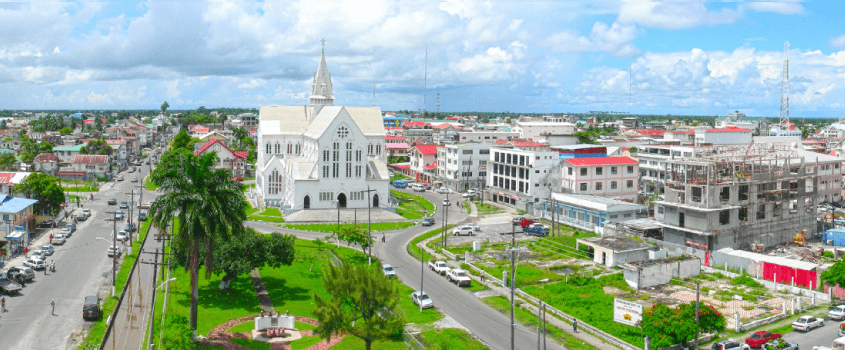republic onboarding
Internet Banking
-
Savings & Chequing
-
Savings Accounts
Growing up with a plan for tomorrow
For youths between the ages 13 to 19 years
Shape your future
Helps you to build your nest egg
Saves you time and money
The wise investment instrument
Earn more on your Foreign Accounts
Chequing Accounts
Bank FREE, easy and convenient
A world of convenience and flexibity
Invest and enjoy the best of both worlds
A value package designed for persons 60 +
Life Stage Packages
Banking on your terms
Getting married?
Tools & Guides
Make an informed decision using our calculators
Help choose the account that’s right for you
All Our Cheques Have A New Look!
-
-
Electronic Banking
-
EBS Products
Open a deposit account online
Pay bills and manage your accounts easily
Banking on the Go!
Welcome to the Cashless Experience
Top up your phone/friend’s phone or pay utility bills for FREE!
EBS Products
Make secure deposits and bill payments
Access your accounts easily and securely with the convenience of Chip and PIN technology and contactless transactions.
Access cash and manage your money
Where your change adds up
-
-
Credit cards
-
Credit Cards
Credit Cards
Additional Information
-
-
Prepaid Cards
-
Pre-paid Cards
-
-
Loans
-
overview
To take you through each stage of life, as we aim to assist you with the funds you need for the things you want to do
We make it easy to acquire financial assistance for tertiary education through the Higher Education Loan Programme
We make it easy, quick and affordable to buy the car of your dreams
Tools & Guides
Helps you determine the loan amount that you can afford
You can calculate your business’ potential borrowing repayments
Republic Bank's Group Life Insurance will provide relief to your family by repaying your outstanding mortgage, retail or credit card balance in the event of death or disablement.
-
-
Mortgages
-
Mortgage Centre
Republic Bank Limited can make your dream of a new home a quick and affordable reality
New Customers
Block for MM- new user mortgage process
There are three stages you must complete before owning your first home
Tools & Guides
block for MM - personal - mortgages
-
-
Investments
-
Investment Products
-
Investing in a greener future
You are here
Home / Investing in a greener future
Five hundred and fifty kilometres from Georgetown, in the community of Lethem on the Brazilian border, an array of gleaming solar panels is turning its face towards the sun. The Republic Bank-financed solar project will produce 1 megawatt of electricity, providing more reliable, cleaner energy for about 5,000 people.
Closer to home, in Bartica, 15,000 people are expected to benefit from another solar project financed by Republic Bank Limited (RBL). Both are relatively small projects; two solar farms produce a combined 2.5 MW of energy. They are tiny steps toward a green future, but worth shouting about on Earth Day, when the entire world is being urged to "Invest in Our Planet." As a financial institution, we should be paying particular attention.
The Lethem and Bartica solar farms are part of Guyana’s Low Carbon Development Strategy (LCDS). They involve the transition from diesel power—which is noisy and carbon-emitting—to the silence of clean solar power.
Now that the sun will be providing about 25% of Lethem’s electricity, 3,000 barrels of diesel won’t have to travel by road from Georgetown. That not only reduces carbon dioxide emissions; it also improves the reliability of the electricity supply. Ultimately, the Guyana Energy Agency sees Lethem going 100% renewable with a mix of solar and hydropower. The well-being of the Guyanese people depends on an increasingly urgent transition away from fuels that are warming the planet, and RBL hopes to find itself playing a major role in funding climate-friendly projects.
RBL recently negotiated a Guyanese $100 billion credit facility for the financing of agriculture projects—in Guyana and within Caricom member states—through the Caricom Sustainability Agriculture Credit Facility. This matters because producing more food at home means cutting the distance between farmers and consumers. The shorter that journey, the less climate-warming fossil fuel is burned in transportation.
The LCDS has already earned Guyana over USD $220 million as a payment from Norway for preserving forest cover as a carbon sink. And there’s more exciting green energy news on the horizon: the LCDS 2030 plan envisions the opening of the Amaila Falls Hydropower Plant by 2027. The envisioned manufacturing of 160 megawatts of strength could be a major enlargement of renewable power for the country.
Over time, RBL Guyana will, hopefully and perhaps inescapably, lean towards financing a greater ratio of renewable to non-renewable energy projects. Finally, we will support hydro, wind, and solar projects that emit very few greenhouse gases. These types of sustainable energy projects will be essential because national power demand is expected to triple over the next five years.
In the midst of a fossil fuel energy boom, Guyana finds itself simultaneously committed to reducing the amount of greenhouse gases it puts into the atmosphere. As indicated by Guyana's President, Irfaan Ali, "aligning our status as an oil and gas producer while being active participants in the global search for climate solutions" is a priority.
We believe that a commercial bank should support commendable national goals even when the balancing act seems tricky. Oil and gas production will certainly help in developing Guyana, but the green energy future is already here. We hope to play an expanding role in its establishment.
COMPANY INFORMATION
Banking Segments
Press & Media
Contact Us
© 2025 Republic Bank Limited. All Rights reserved.







 Stephen Grell
Stephen Grell
